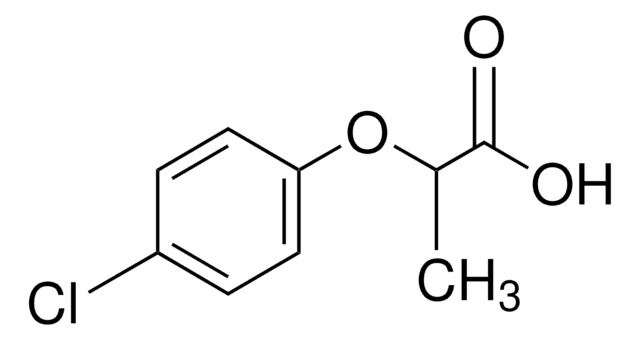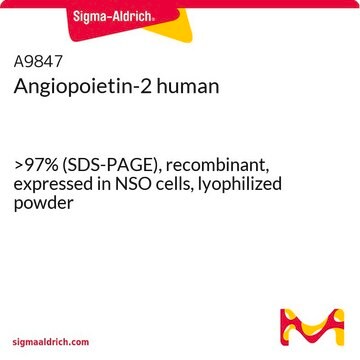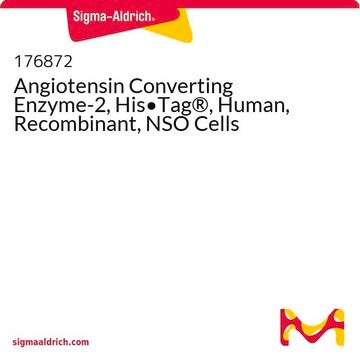RAB0010
Angiotensin II EIA Kit
for serum, plasma, culture supernatant and cell lysates
Synonym(s):
Angiotensinogen, Serpin A8
About This Item
Recommended Products
species reactivity
mouse, human, rat
packaging
kit of 96 wells (12 strips x 8 wells)
technique(s)
ELISA: suitable
enzyme immunoassay: suitable
input
sample type cell lysate
sample type culture supernatant(s)
sample type serum
sample type plasma
assay range
inter-assay cv: <15%
intra-assay cv: <10%
sensitivity: 2.62 pg/mL
standard curve range: 0.1-1000 ng/mL
detection method
colorimetric
shipped in
wet ice
storage temp.
−20°C
Gene Information
human ... AGT(183)
General description
Immunogen
Application
Angiotensin II EIA Kit has been used for analyzing circulating and serum levels of angiotensin II (Ang II) in mice and rats respectively.
Biochem/physiol Actions
Signal Word
Warning
Hazard Statements
Precautionary Statements
Hazard Classifications
Met. Corr. 1
Storage Class Code
8A - Combustible corrosive hazardous materials
Regulatory Listings
Regulatory Listings are mainly provided for chemical products. Only limited information can be provided here for non-chemical products. No entry means none of the components are listed. It is the user’s obligation to ensure the safe and legal use of the product.
EU REACH Annex XVII (Restriction List)
Certificates of Analysis (COA)
Search for Certificates of Analysis (COA) by entering the products Lot/Batch Number. Lot and Batch Numbers can be found on a product’s label following the words ‘Lot’ or ‘Batch’.
Already Own This Product?
Find documentation for the products that you have recently purchased in the Document Library.
Customers Also Viewed
Our team of scientists has experience in all areas of research including Life Science, Material Science, Chemical Synthesis, Chromatography, Analytical and many others.
Contact Technical Service
















